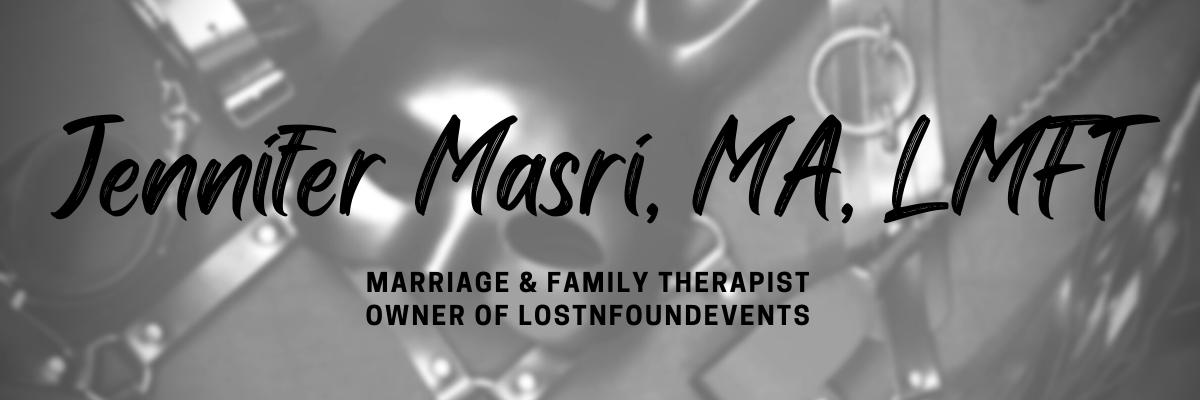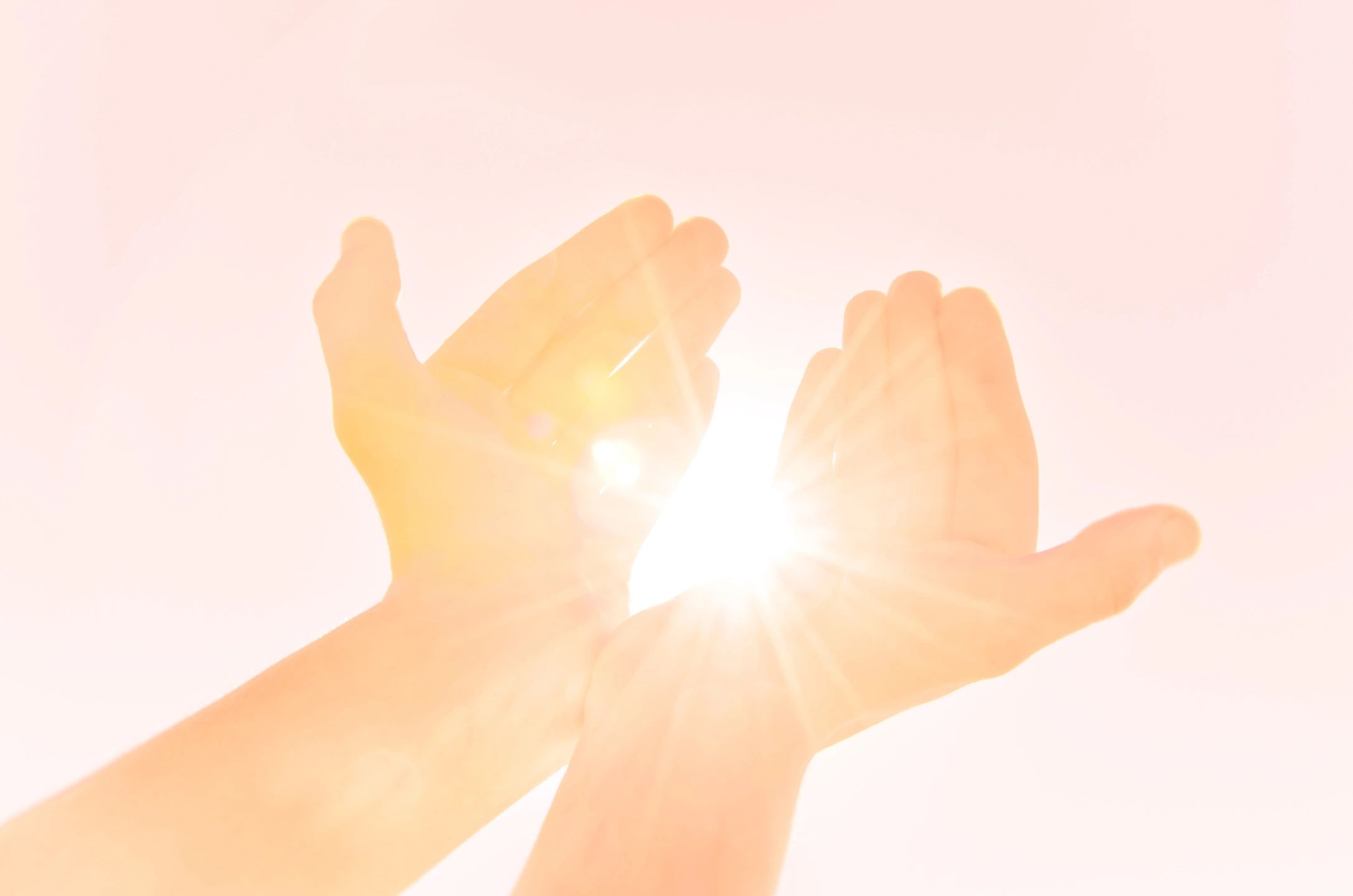Aftercare
What is aftercare? What does it entail? Why do people need/want it?
Aftercare, in it’s simplest definition, is something that takes place in the time following a scene. In my opinion, it’s best to think of aftercare as a part of a scene – the last chapter of the story, so to speak.
First, let’s talk about what aftercare may look like. It is different for different people. In general you will tend to see the bottom covered or wrapped in some kind of blanket if available, drinking water, perhaps laying with or next to the Top. They may have their head on the Top’s lap – either laying on a seat or bench next to them or sitting at the Top’s feet. Once they’ve rested for a bit they may look to eat some food and talk quietly about the scene or just about how both parties are feeling.
So what are some variations to this? Some bottoms have very specific aftercare requests. My advise to those with certain needs that aren’t guaranteed is to have those things on hand. If you always love to eat a cookie after play, bring a cookie. If you like a specific blanket, bring it. Don’t rely on your Top or the club to have these things on hand. There may be plenty of snacks out before you start your scene and by the time you’re done it’s all been eaten. Another idea (and great for fulfilling any “service” needs/fetishes you have) is to pack up a little picnic with water and snacks for both you and your Top. It is a very nice thing to do – especially if you know you will have a more intense scene.
Some bottoms or Tops need the opposite of the “norm”. They may need to be left alone for a certain amount of time. Perhaps they don’t like to be touched right after play for a while. They may not want to talk. There are some Tops that don’t enjoy giving aftercare, or whose aftercare requirements include activities that remove them from the bottom. Maybe they like to go straight outside to cool off and have a smoke.
Tops that don’t enjoy or don’t offer aftercare, for whatever reason, should discuss this during negotiation and offer other support or recommend that the bottom has another person for support or aftercare after the scene. Never leave a bottom hanging after a scene is over! Even if the bottom wants to not be touched or spoken to – still make sure you have an eye on them.
Also, leave enough time – don’t fill your dance card with scenes and no time in between for aftercare. Like I said, aftercare should be negotiated as a part of the scene. I recommend having no more than 1-2 “planned” scenes in one evening. If more happen and it’s all good – great. However, this allows for time in case something goes wrong, a bottom needs more time in aftercare, a trigger comes up, etc. You never want someone to feel bad or guilty because you make them feel rushed or that giving them aftercare is an inconvenience.
Having said that, just as some Tops don’t enjoy aftercare, there are bottoms that don’t need or want it either. If a bottom says they typically don’t need aftercare that’s ok. However, I still advise leaving enough time for it. The bottom may experience something in the scene that causes them to desire aftercare or perhaps they reach subspace (or a different level of subspace) and they want some aftercare. Again, better to make the time and not need it than to need it and not have the time.
So now the question is why? Why do people (for the most part) seek out aftercare? To me the reasons why fall under one or more of three categories – the 3 “R’s” – Reconnection, Reflection/debriefing, and/or Recouperation.
Reconnection. Most scenes include one or more of the following – role play/various headspaces, humiliation and/or degredation, and/or pain. Aftercare provides a time for both parties to connect with one another in a positive way – whether it’s a play partner who is an aquantance, friend or romantic partner. It reinforces the respect, friendship and/or love they have for one another.
Reflection/debriefing. This can be a time to talk a little about the scene itself. The good stuff as well as anything that may have triggered either party. Discussion over what worked or didn’t. Making sure that everyone is ok emotionally and psychologically. There may be more of this over the first few days following a scene but this can be a time to speak to it in general.
Recouperation. Make sure you are both drinking water and getting some food if necessary. If any minor injuries occured during the scene or something was uncomfortable physically this may be a time to double check and make sure it’s all good. Also, the bottom may be a bit “spacey” having gone into subspace a little or a lot. Aftercare gives them time to “come down a bit” so they can walk, talk, and eventually drive home. Sometimes you may not be in subspace but still feel sleepy or just generally “out of it” for a bit. These feelings go for Tops as well!
General rule: never take advantage of someone during aftercare! They are usually in an altered state due to the chemicals that were released in their body. You should not make any sexual advances or play advances during this time unless it was negotiated BEFORE the scene!
There is an extention of aftercare that also needs to be addressed. As the Top you should be prepared to check in with the bottom the next day and a couple days later. This is to cover any possible subdrop. If you know you won’t be able to check in, then make sure the bottom has arranged for another friend to check in with them or that they have alternative plans in place. Bottoms, this is also a great time to continue to reflect on the scene and write a messege to your Top giving them feedback.
All in all, aftercare can be, and usually is, a lovely and peaceful time for both (or all) people involved in a scene. It serves many purposes for most people. I know a few folks that look forward to the aftercare even more than the scene itself! Don’t treat it as an afterthought – aftercare can be just as important as the play involved. Enjoy it!





